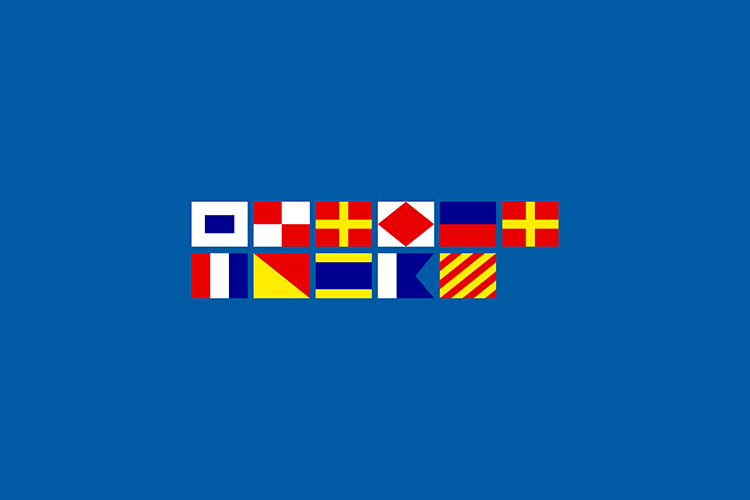The International Code of Signals (ICS) is a nautical flag signaling system comprised of a set of colored flags, each with a specific meaning, used by watercraft to communicate relevant messages.
Each sender or recipient can decode the flags in their own language and arrive at the equivalent text. As a result, the system of signals and codes crosses all language barriers.
The ICS features a distinctive set of colored flags that can be used solo or combined. The international maritime signal flag system includes:
- 26 letters of the alphabet (A to Z);
- 10 numerals (0 to 9);
- 3 substitutes (UK) or repeaters (US);
- 1 code/answer pennant;
Although they are rarely used to spell words, they are extremely valuable for transmitting coded, unclassified messages, increasing the safety of navigation, and in yacht racing.
So, sailors should familiarize themselves with every single one until they can decode them quickly and easily.
In the past, watermen and waterwomen used a semaphore communication flag system.
Each letter of the alphabet and each numeral had a unique position for one or both flags, and then words were spelled out letter by letter to the observer.
However, the complex and hard-to-learn system was replaced by the International Code of Signals and other modern communications.
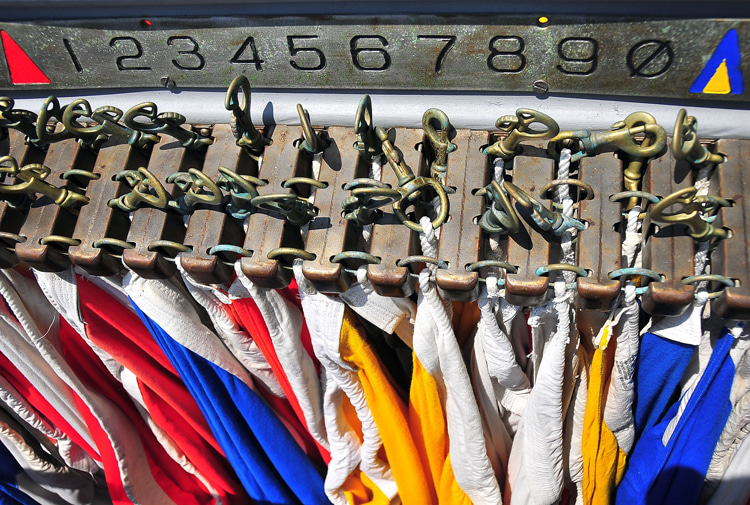
Always Visible and Identifiable
The ICS flags must be visible, identifiable, and not too small, even if the watercraft is small.
They allow sailors to communicate two, three, and four-flag messages.
The International Code of Signals (ICS) is maintained, revised if necessary, and published by the International Maritime Organization (IMO).
"There are also three tables of complements, each of which provides for specific situations such as towing, medical problems, times, dates, positions, bearings, etc.," underlines Miranda Delmar-Morgan, author of the "Reeds Maritime Flag Handbook."
"When added to the main code signals, they expand the vocabulary to several thousand messages."
In the United States, there is also an extra flag for "I have a diver down. Please keep clear."
It's a red flag with a diagonal white stripe that is also commonly seen in the Caribbean, Mediterranean, and elsewhere.
Nevertheless, it is not part of the ICS system. Last but not least, the code flag T is used in the United States to request a launch service.
"Code messages are never more than four flags, which is why there are only three substitutes," adds Miranda Delmar-Morgan.
"If there is a series of messages, then the group of flags is hoisted until it has been observed, then another different combination is sent up."
"In theory (though it is hardly, if ever, used today), there is an order for reading flags by using different positions in the rigging."
This is:
- Masthead;
- Triatic stay;
- Starboard yardarm;
- Port yardarm;
Technically, a modern yacht might want two signals at once. If that is the case, then the starboard yardarm (or spreader) is always read before the port one.
The three substitute (UK) or repeater (US) pennants are available so that a letter or number can be repeated, even though the ship has only a single set of the ICS code.
The first substitute repeats the first flag of a group, the second substitute repeats the second, and the third repeats the third.
So the number 2277 would show as numeral 2, first substitute, numeral 7, and third substitute (because the first 7 was the third flag in the group).
Finally, the code/ answering pennant is used to acknowledge a signal as a decimal point among figures and for naval ships to indicate that they are using the International Code of Signals and not the maritime code of signals.
International Code of Signals (ICS) | The Complete List of Flags and Their Meanings
A | Alpha
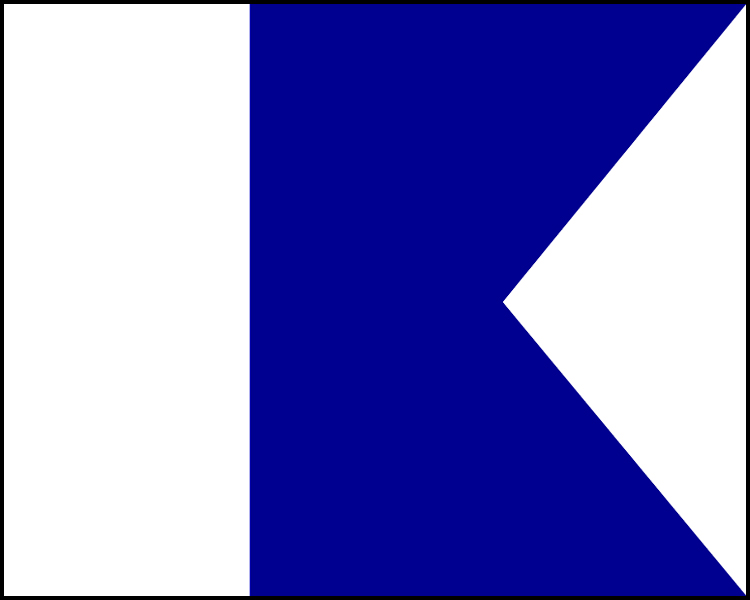
"I have a diver down. Keep well clear at slow speed."
B | Bravo
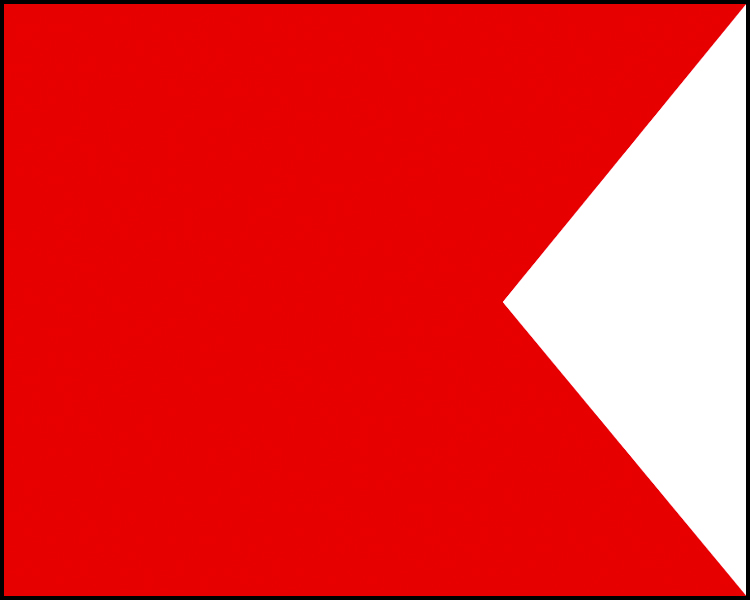
"I am taking in or discharging or carrying dangerous goods."
C | Charlie
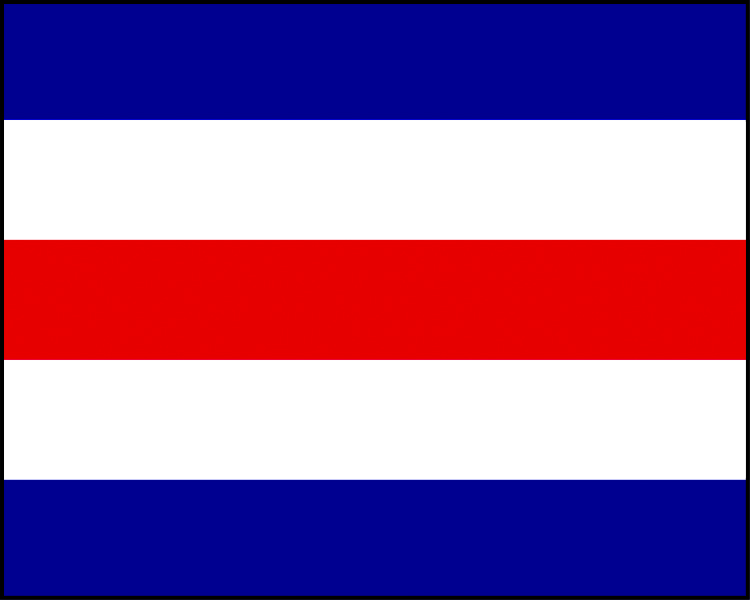
"Affirmative."
D | Delta
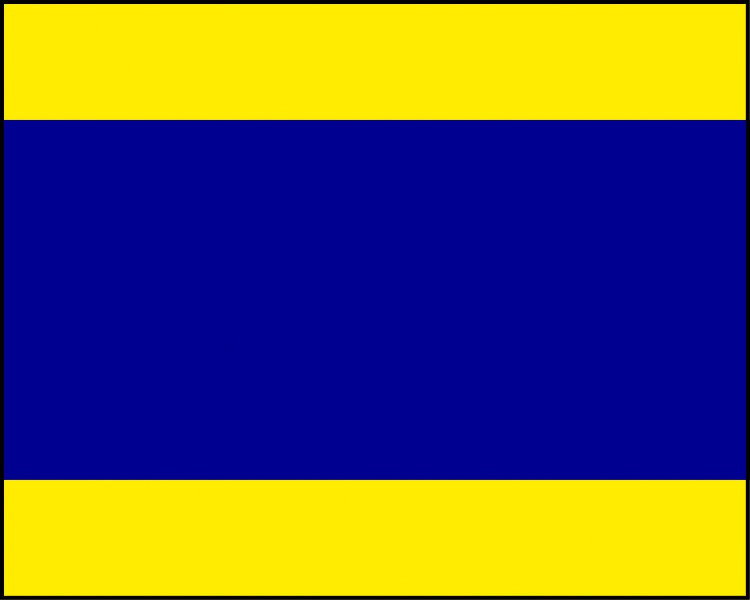
"Keep clear of me; I am maneuvering with difficulty."
E | Echo
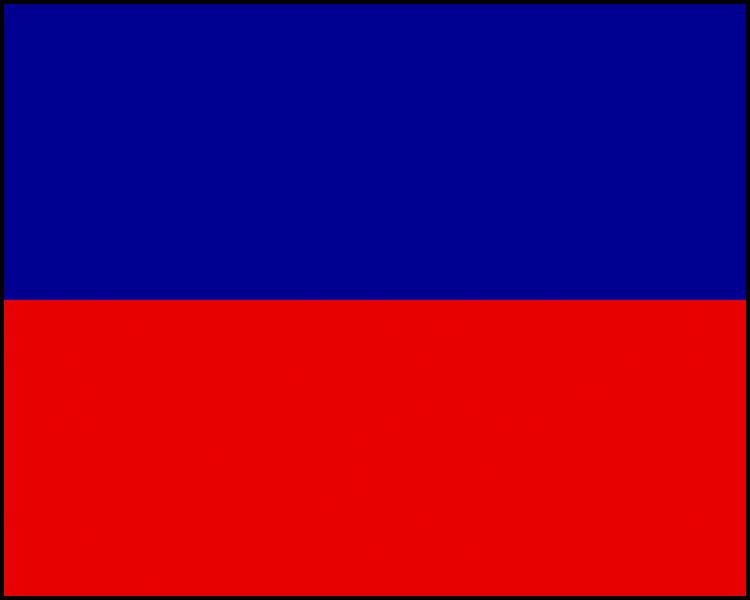
"I am altering my course to starboard."
F | Foxtrot
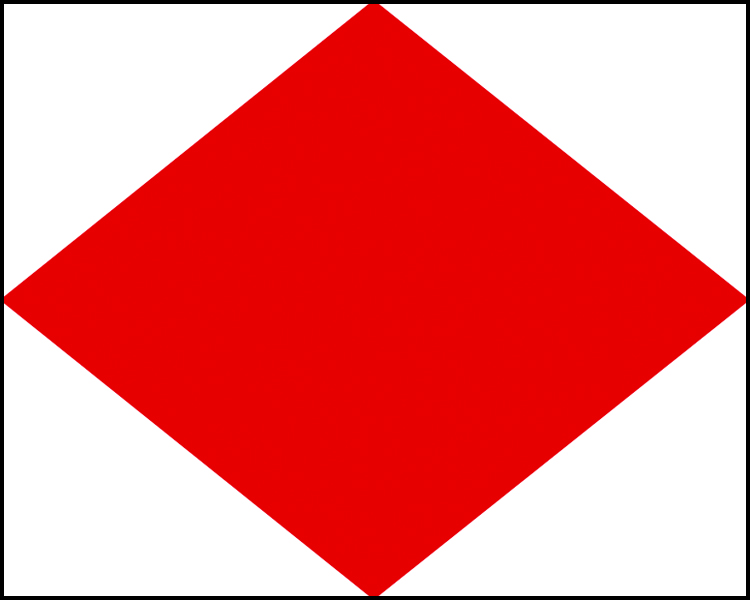
"I am disabled; communicate with me."
G | Golf
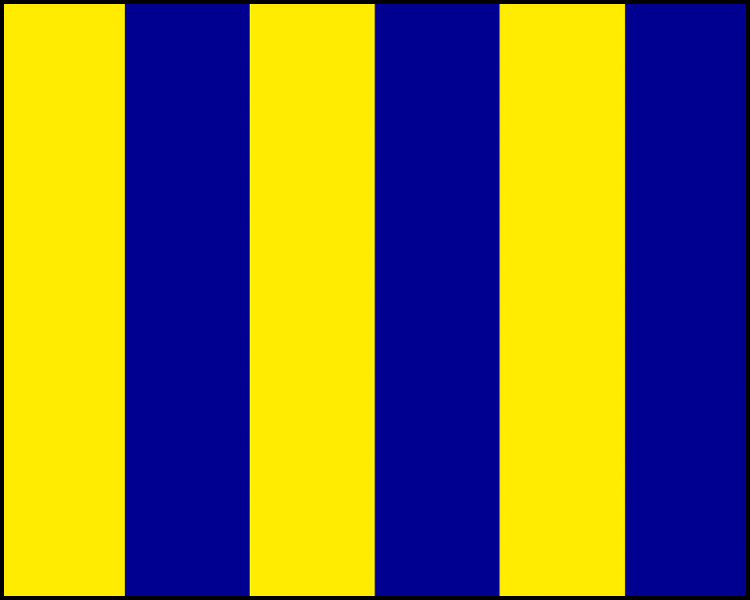
"I require a pilot."
H | Hotel
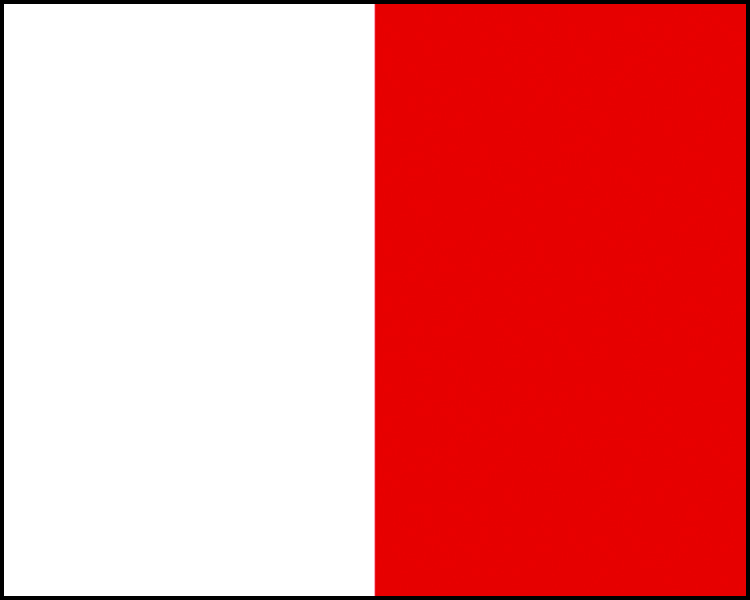
"I have a pilot on board."
I | India
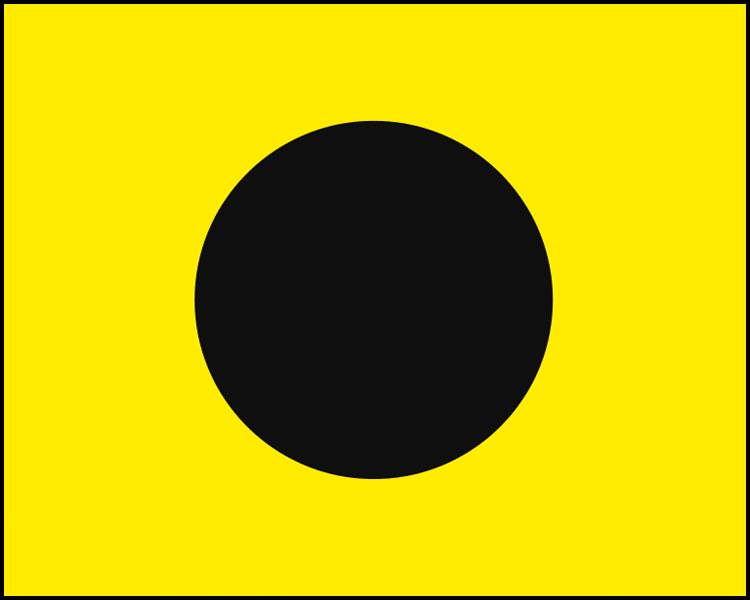
"I am altering my course to port."
J | Juliet
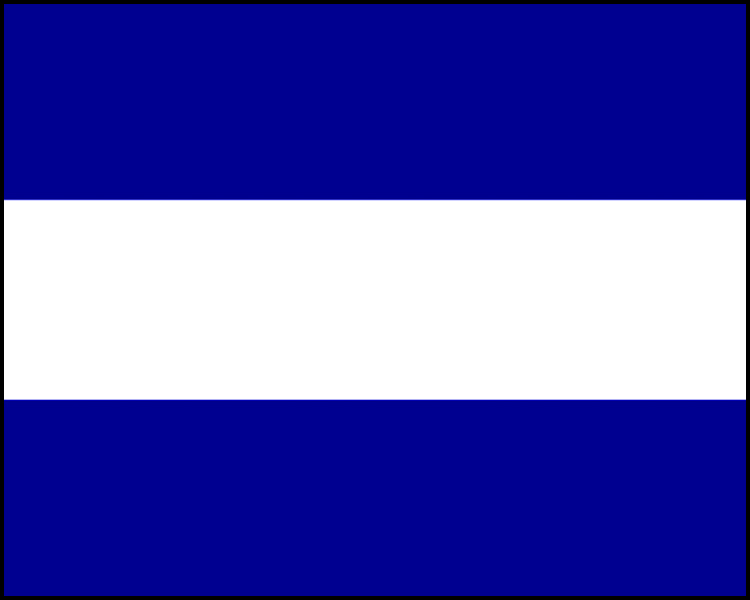
"I am on fire and have dangerous cargo on board: keep well clear of me."
"I am leaking dangerous cargo."
K | Kilo
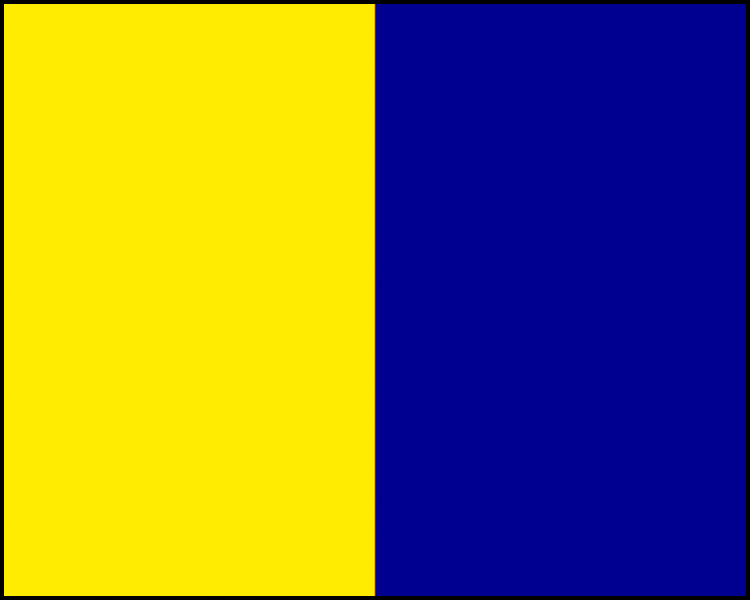
"I wish to communicate with you."
L | Lima
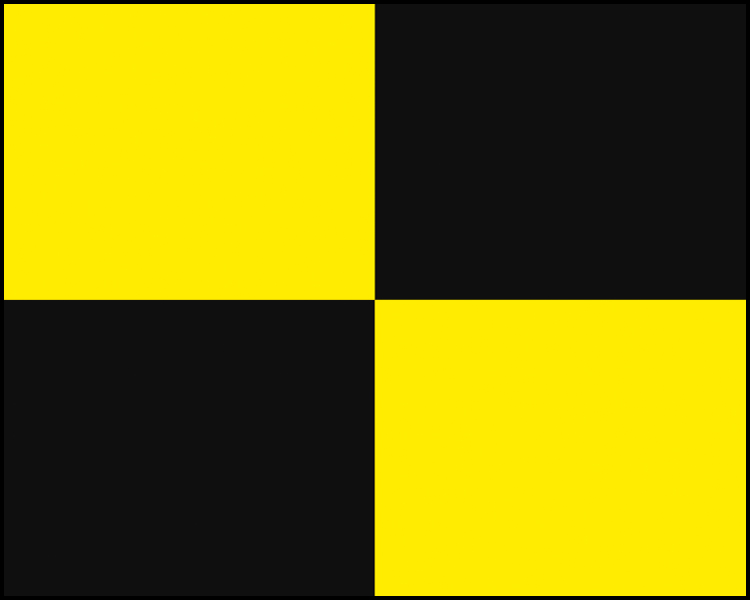
"You should stop your vessel instantly."
M | Mike
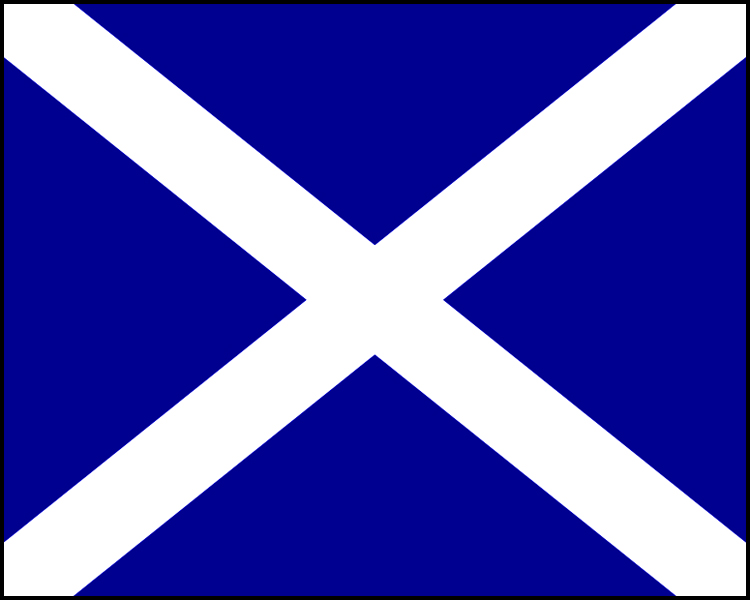
"My vessel is stopped and making no way through the water."
N | November
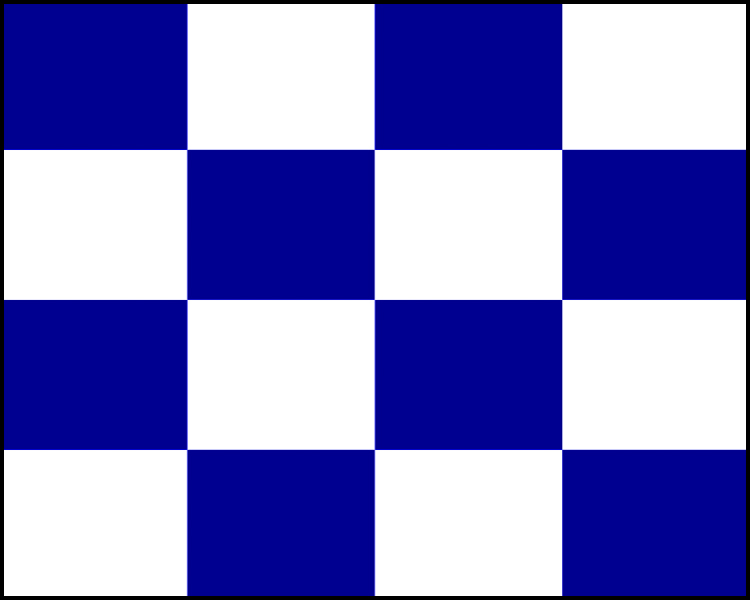
"Negative."
O | Oscar
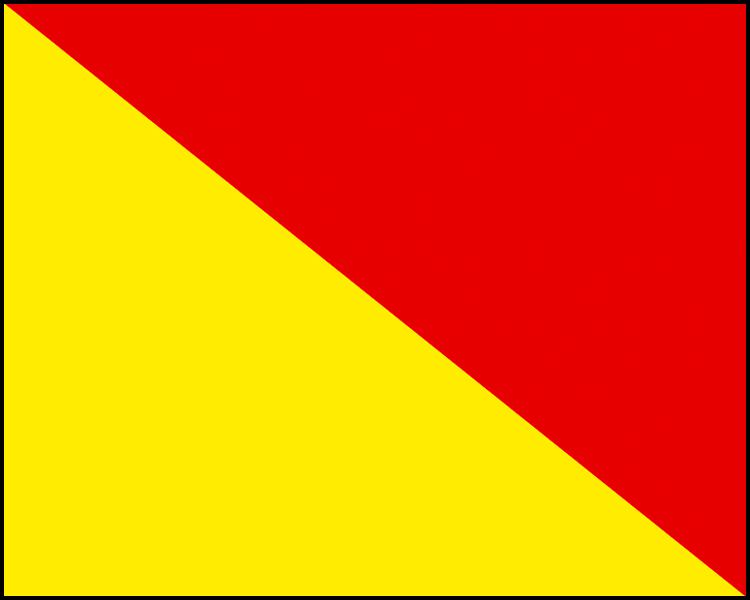
"Man overboard."
P | Papa
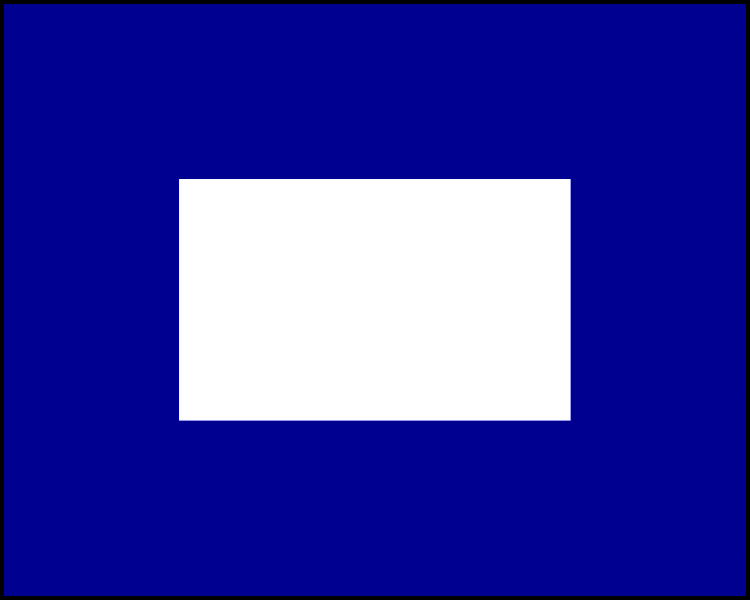
"All persons should report on board as the vessel is about to proceed to sea."
"My nets have come fast upon an obstruction."
Q | Quebec

"My vessel is 'healthy' and I request free pratique."
R | Romeo
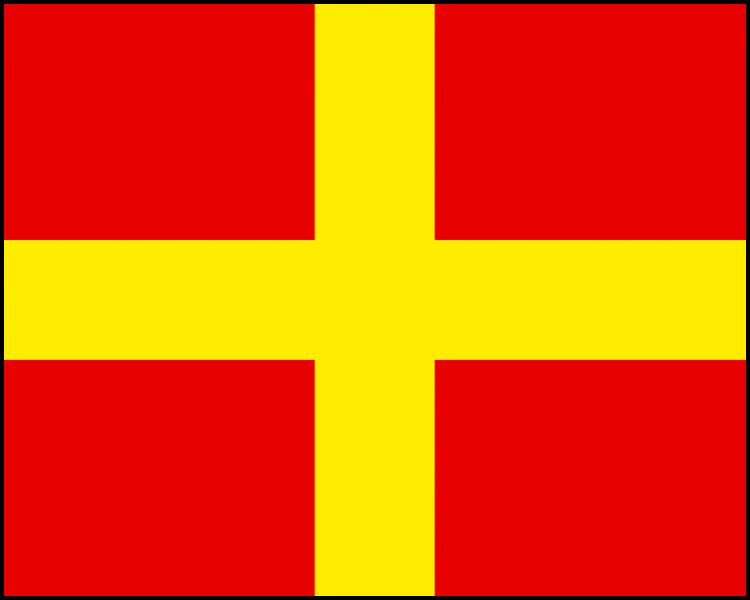
No ICS meaning.
S | Sierra
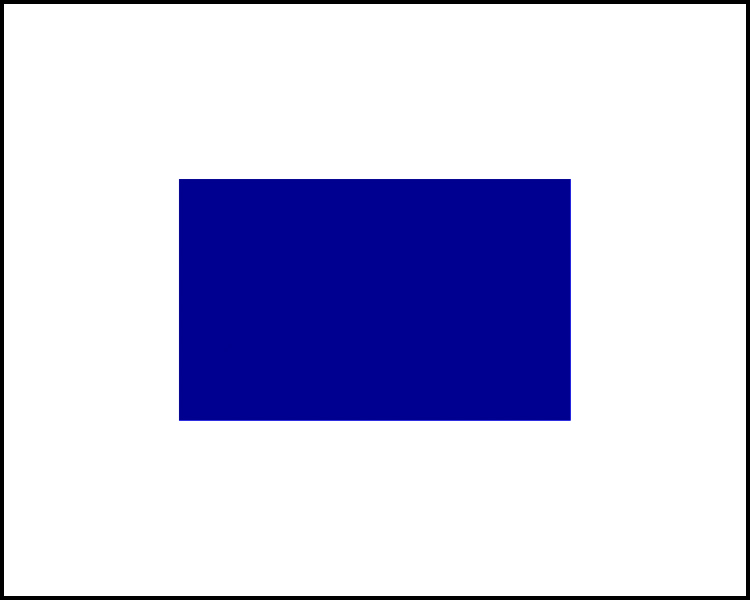
"I am operating astern propulsion."
T | Tango
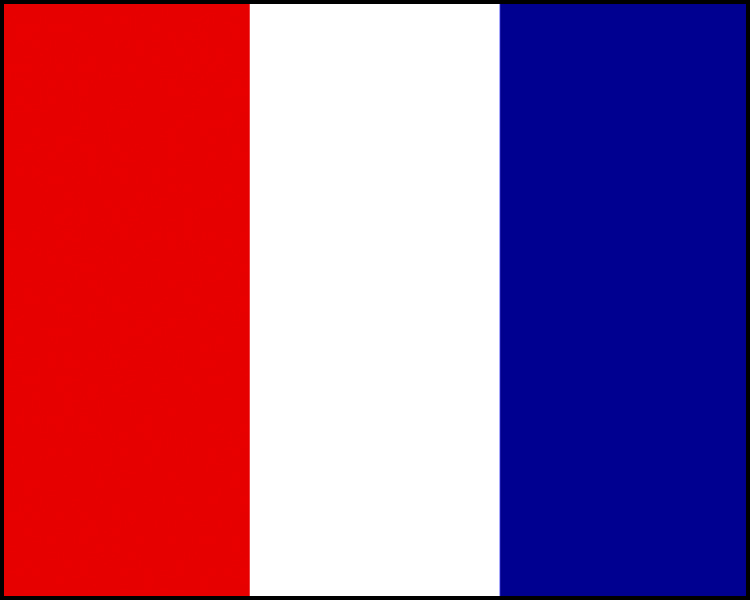
"Keep clear of me. I am engaged in pair trawling."
U | Uniform
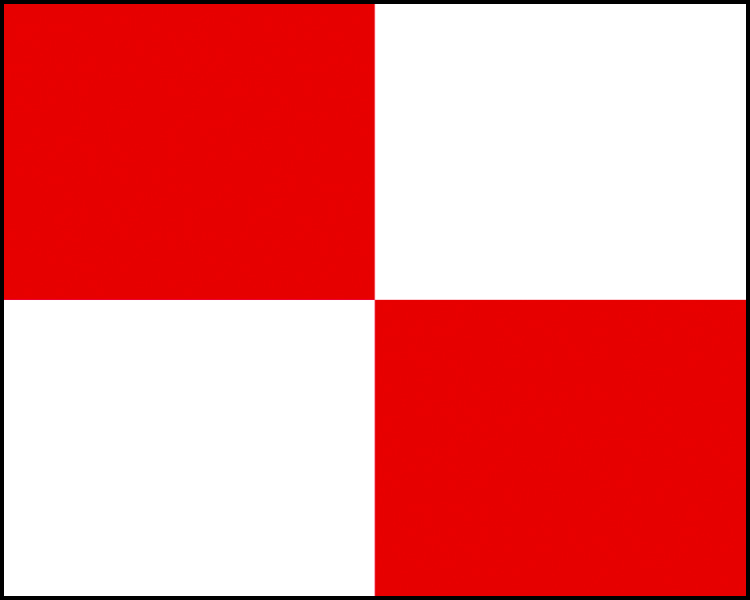
"You are running into danger."
V | Victor
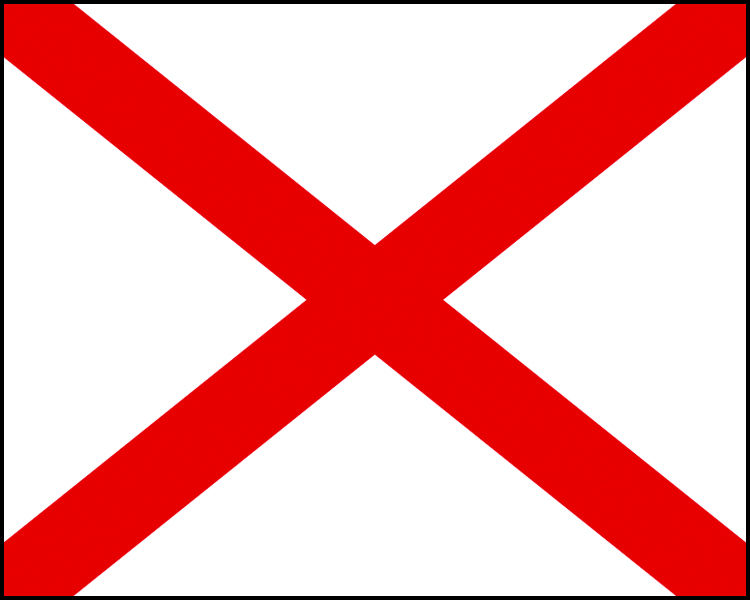
"I require assistance."
W | Whiskey
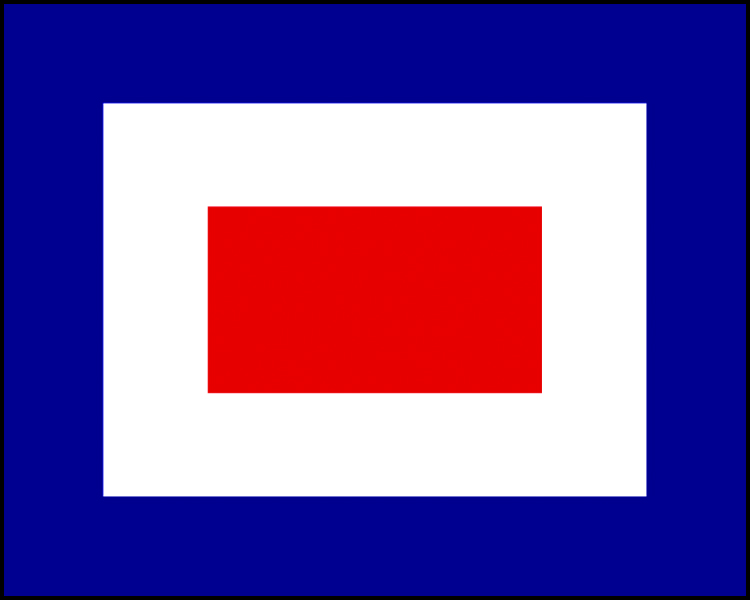
"I require medical assistance."
X | X-Ray
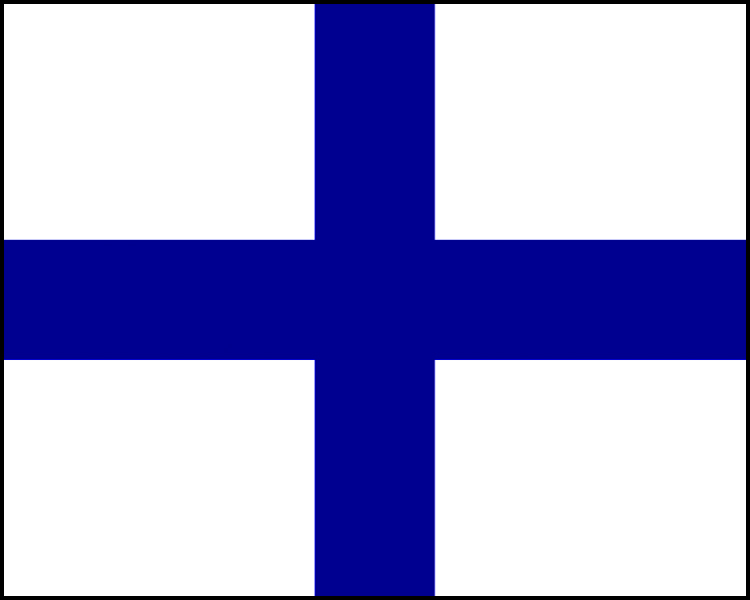
"Stop carrying out your intentions and watch for my signals."
Y | Yankee
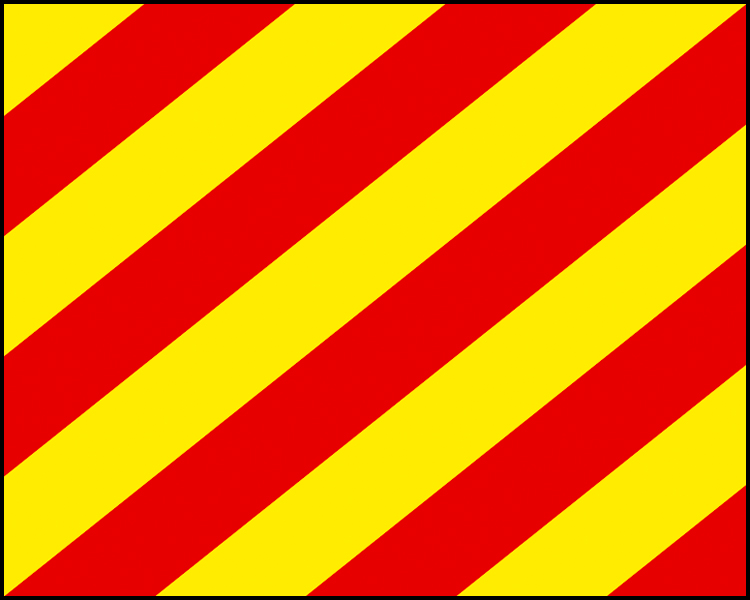
"I am dragging my anchor."
Z | Zulu
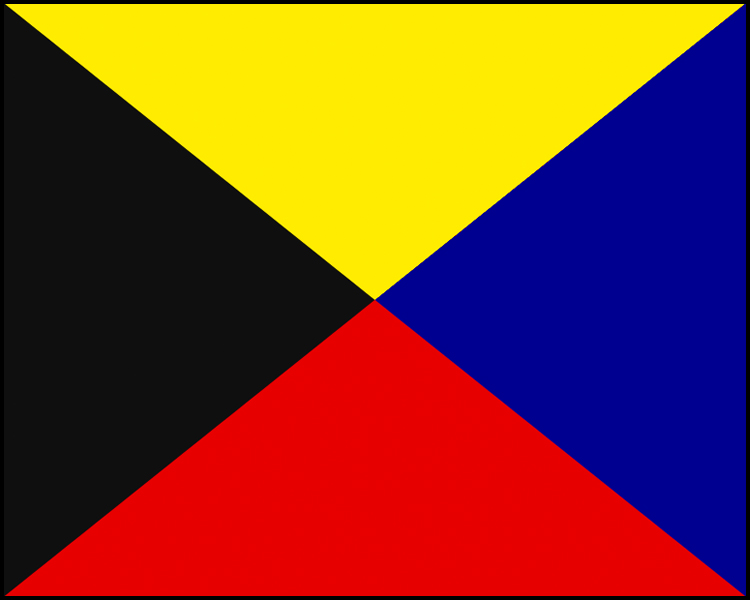
"I require a tug."
"I am shooting nets."
1 | One

One.
2 | Two
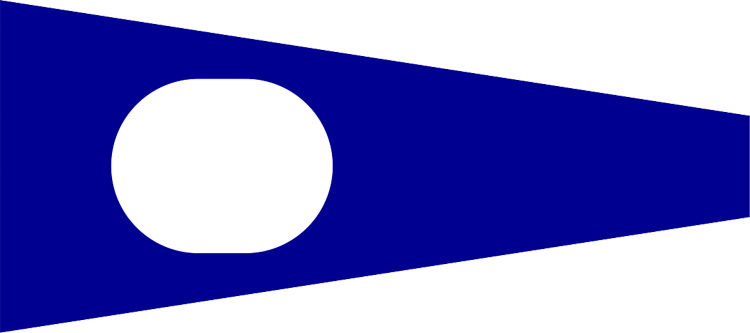
Two.
3 | Three
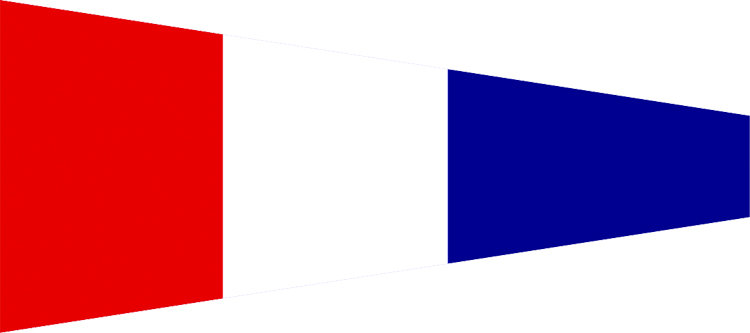
Three.
4 | Four
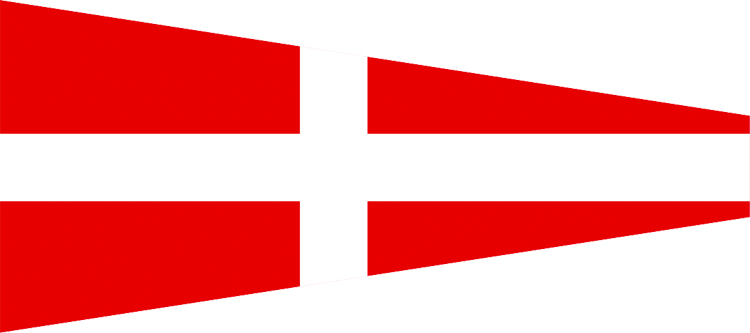
Four.
5 | Five
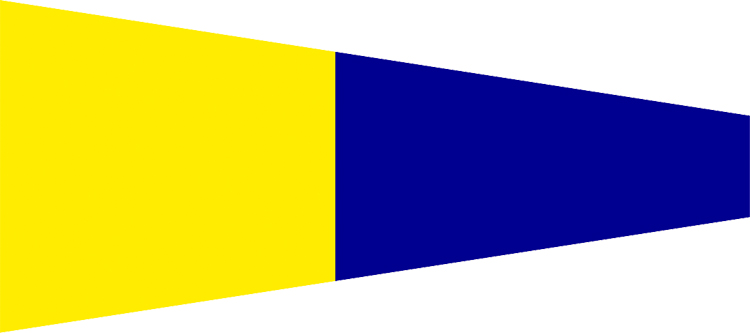
Five.
6 | Six
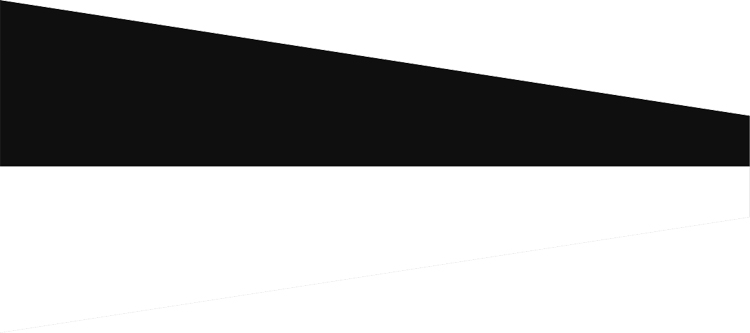
Six.
7 | Seven
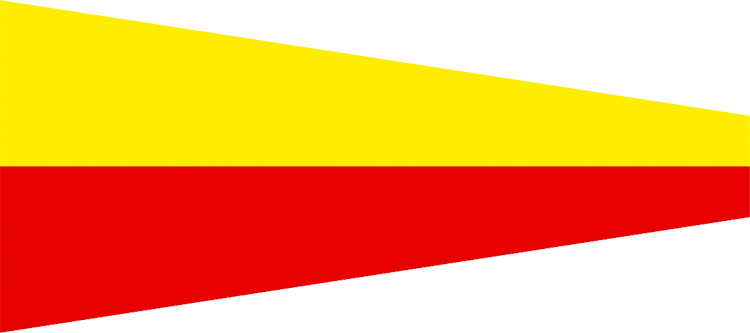
Seven.
8 | Eight
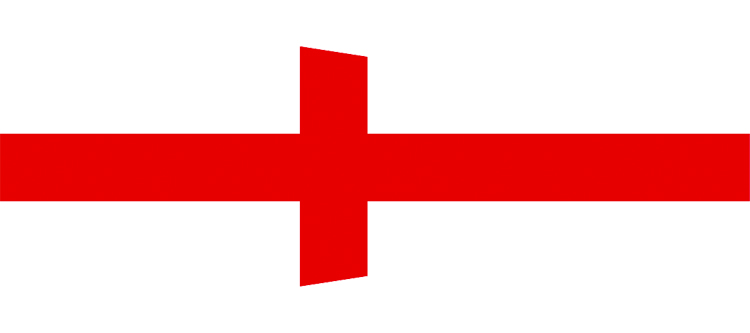
Eight
9 | Nine
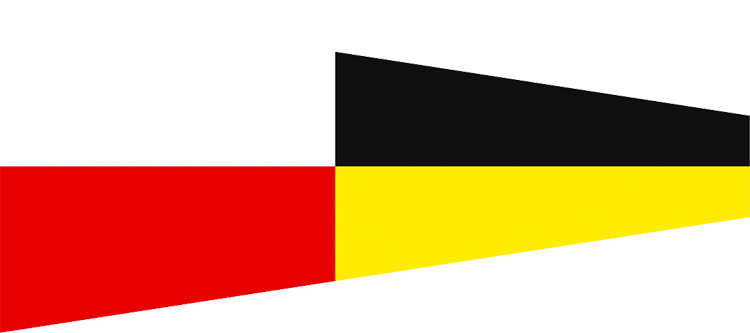
Nine.
0 | Zero
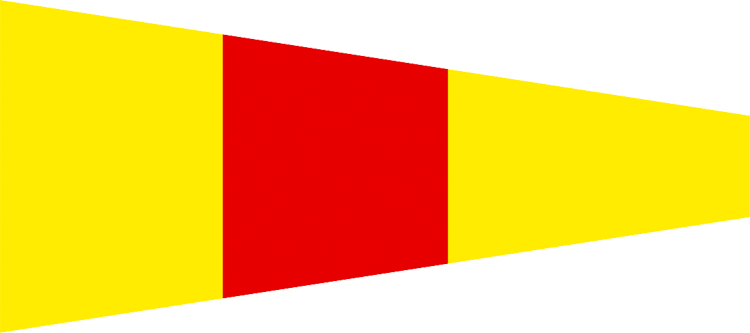
Zero.
First Substitute
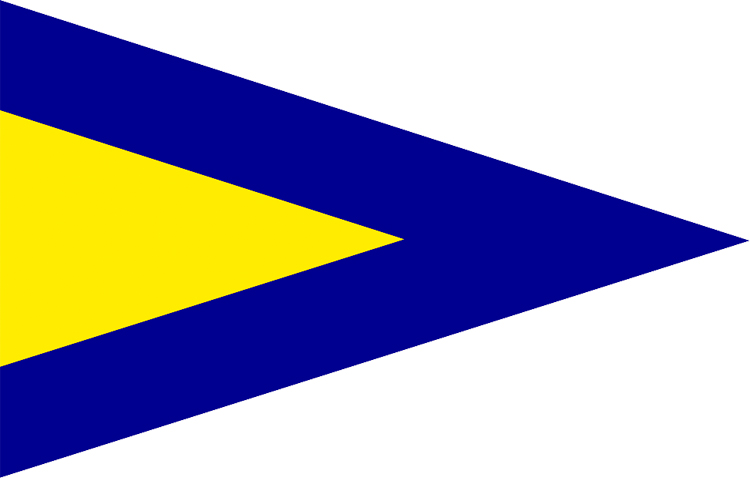
Used to repeat the first flag of a hoist later within the same hoist.
This and the other two substitutes allow any four-letter or number combination to be sent using only one set of flags.
Absence of flag officer or unit commander (Inport).
Second Substitute
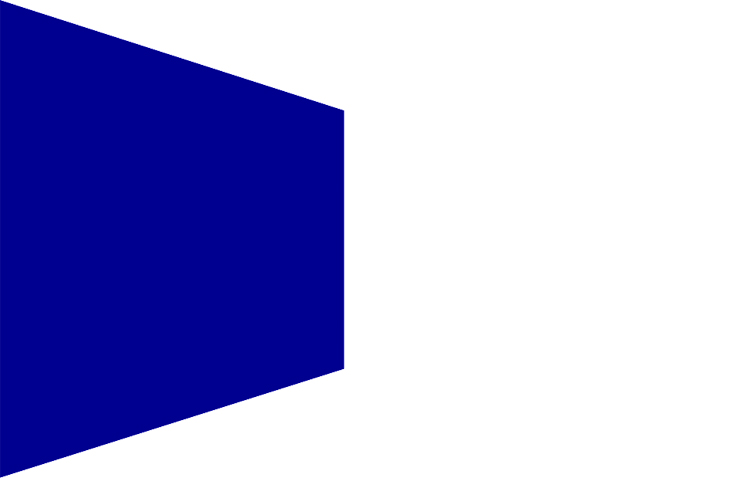
Used to repeat the second flag of a hoist later within the same hoist.
Absence of chief of staff (Inport).
Third Substitute

Used to repeat the third flag of a hoist later within the same hoist.
Absence of commanding officer (Inport).
Code/Answer Pennant
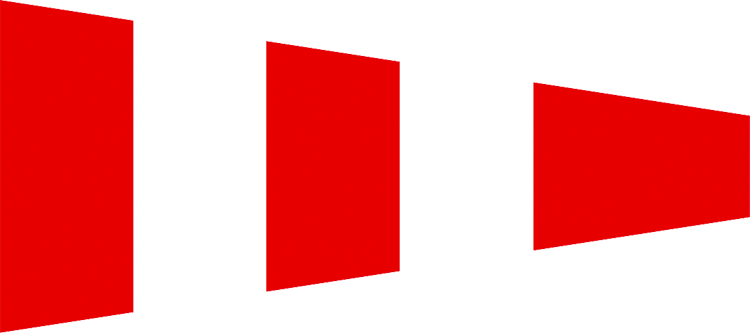
At the dip and about halfway up the halyard: Ready to receive the message.
Close up: Message has been received and understood (the flag is then hauled back at the dip to receive the next hoist).
Hauled down: Signals end of the message.
With numerals: Decimal point.
By a warship: When flown over a hoist, indicates the message is to be read according to the ICS.
